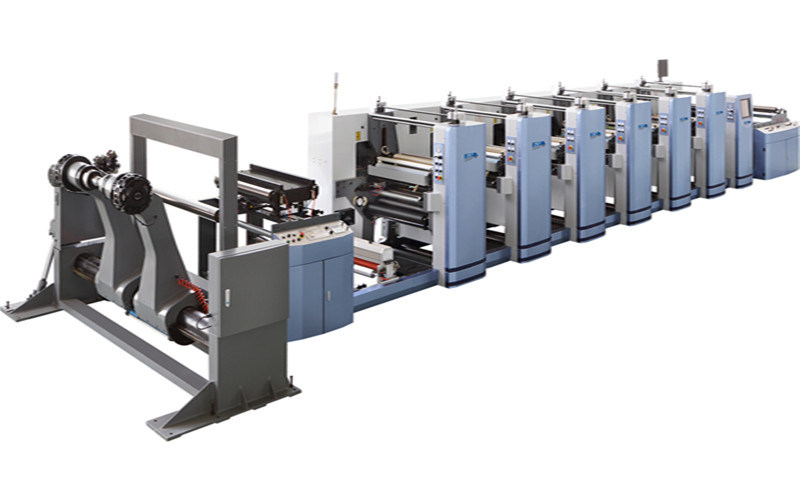Offset vs. Flexo Printing: Understanding the Differences

Printing is an essential part of the manufacturing process for many industries, from packaging to publishing. Two of the most popular printing methods are offset and flexo printing. While both methods produce high-quality prints, they have distinct differences that make them suitable for different applications.
Offset printing is a traditional printing method that uses plates to transfer ink onto paper or other materials. The plates are made from aluminum or polyester, and each plate represents a single color. The ink is transferred from the plate to a rubber blanket, which then transfers the ink to the paper. Offset printing is known for its high-quality prints, sharp images, and vibrant colors. It is commonly used for printing books, magazines, brochures, and other printed materials.
Flexo printing, on the other hand, is a modern printing method that uses flexible plates made from rubber or photopolymer. The plates are wrapped around a cylinder, and the ink is transferred directly from the plate to the material being printed. Flexo printing is known for its versatility and ability to print on a wide range of materials, including plastic, metal, and paper. It is commonly used for printing packaging materials, labels, and corrugated boxes.
One of the main differences between offset and flexo printing is the type of plates used. Offset printing uses rigid plates, which are more expensive to produce and require more setup time. Flexo printing uses flexible plates, which are cheaper to produce and can be set up quickly. This makes flexo printing more cost-effective for short print runs and allows for faster turnaround times.
Another difference is the type of ink used. Offset printing uses oil-based inks, which are more durable and produce richer colors. Flexo printing uses water-based inks, which are more environmentally friendly and easier to clean up. However, water-based inks may not be as vibrant as oil-based inks.
In terms of print quality, offset printing is generally considered to produce higher quality prints than flexo printing. However, flexo printing has made significant advancements in recent years and can produce high-quality prints that are comparable to offset printing.
In conclusion, both offset and flexo printing have their advantages and disadvantages, and the choice between the two depends on the specific application. Offset printing is ideal for high-quality prints on paper-based materials, while flexo printing is better suited for printing on a wide range of materials, including plastic and metal. Understanding the differences between these two printing methods can help businesses make informed decisions when it comes to their printing needs.



